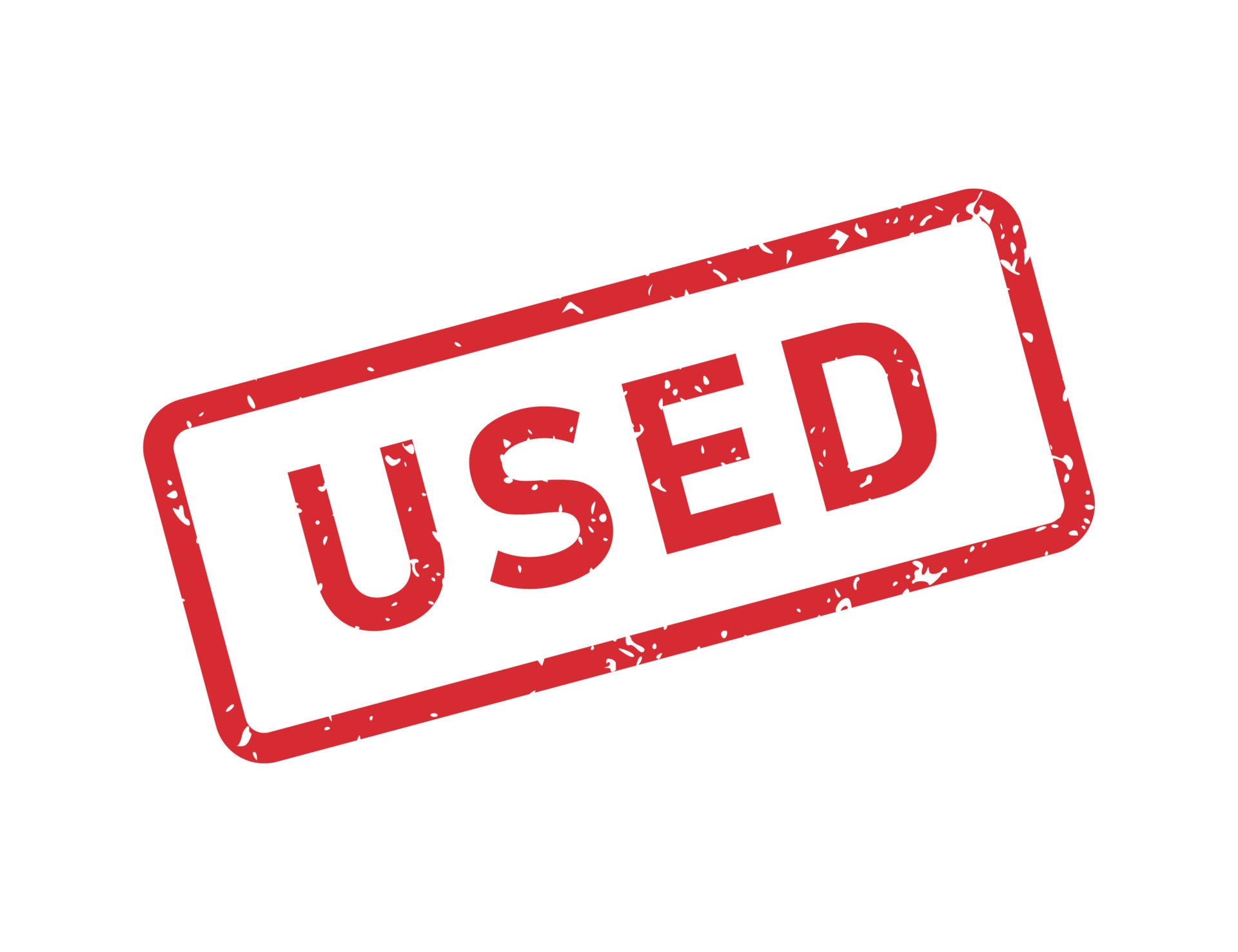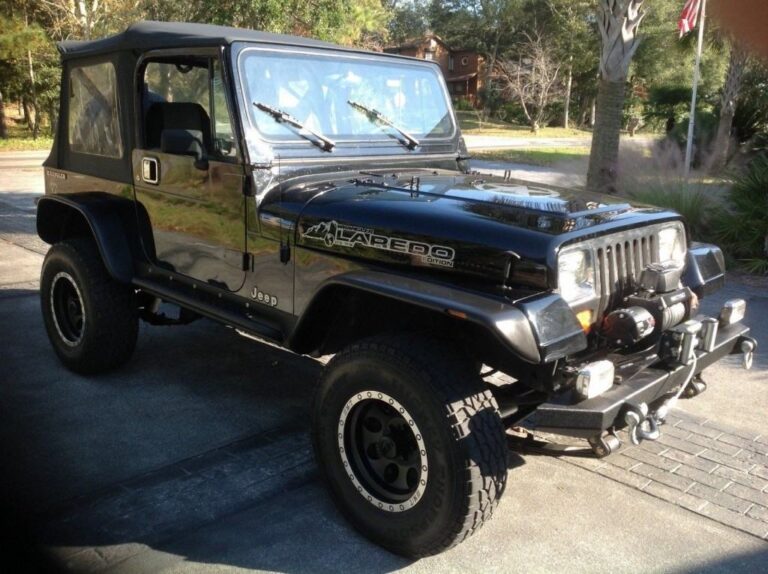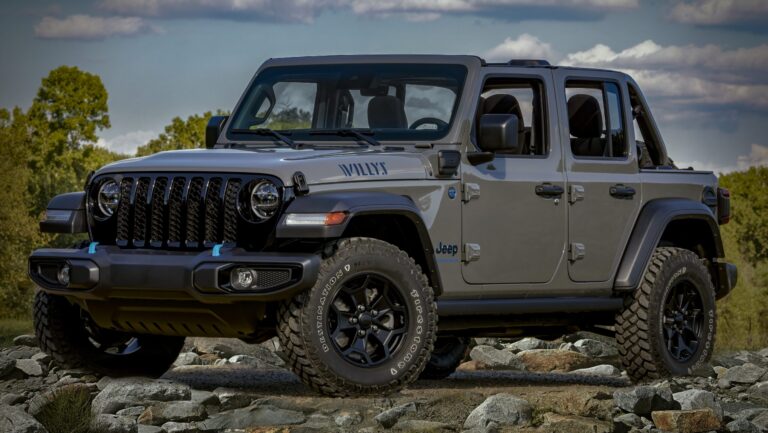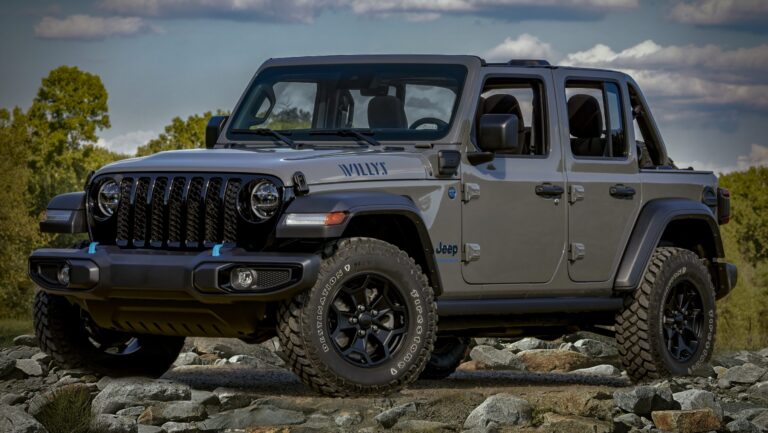Used Jeep Patriot For Sale In Wisconsin: Your Comprehensive Buying Guide
Used Jeep Patriot For Sale In Wisconsin: Your Comprehensive Buying Guide jeeps.truckstrend.com
Wisconsin’s diverse landscape, from bustling cities to serene northern woods, and its famously challenging winters, demands a vehicle that’s both versatile and dependable. For many budget-conscious buyers, a brand-new SUV simply isn’t an option, and that’s where the used market shines. Among the myriad of choices, the Used Jeep Patriot emerges as a compelling contender, offering a blend of Jeep’s rugged heritage with the practicality of a compact SUV. This comprehensive guide will navigate the ins and outs of finding, evaluating, and purchasing a used Jeep Patriot for sale in Wisconsin, ensuring you make an informed decision that stands up to the Badger State’s unique demands.
Why Choose a Used Jeep Patriot for Wisconsin Driving?
Used Jeep Patriot For Sale In Wisconsin: Your Comprehensive Buying Guide
The Jeep Patriot, produced from 2007 to 2017, was designed as an entry-level compact SUV, bridging the gap between a car-like crossover and a more traditional, off-road-capable Jeep. While it might not possess the legendary rock-crawling prowess of a Wrangler, its attributes make it surprisingly well-suited for life in Wisconsin.
Key Information & Benefits:
- Affordability: One of the Patriot’s most significant appeals in the used market is its attractive price point. Compared to larger SUVs or newer models, a used Patriot offers substantial savings, making SUV ownership accessible to a broader range of buyers.
- Capability for Wisconsin Winters: This is where the Patriot truly shines for Wisconsin residents. Many models come equipped with Jeep’s Freedom Drive I (full-time active 4×4) or, for more serious conditions, the Freedom Drive II Off-Road Group. Freedom Drive II includes a locking off-road mode, low-range gearing (via the CVT), skid plates, and increased ground clearance, making it exceptionally capable in snow, ice, and light off-road trails common in rural Wisconsin. Even the front-wheel-drive (FWD) models, with good winter tires, can handle moderate snow.
- Practicality and Size: The Patriot’s boxy, upright design translates into decent interior space for its class, offering ample headroom and respectable cargo capacity. It’s compact enough for city parking and navigating congested areas like Milwaukee or Madison but spacious enough for weekend trips to Door County or up north.
- Fuel Economy (for an SUV): While not a hybrid, the Patriot’s 4-cylinder engines (2.0L or 2.4L) generally offer competitive fuel economy for an SUV of its era, helping to keep running costs manageable.
- Jeep Heritage: Despite its car-based platform, the Patriot carries the iconic Jeep styling cues, giving it a distinct and rugged appearance that resonates with the brand’s adventurous spirit.

Potential Challenges:
- Older Technology: Being an older model, the Patriot’s infotainment and safety features are basic compared to modern vehicles.
- Interior Quality: The interior, particularly in earlier models, uses hard plastics and a utilitarian design, which might feel dated to some.
- Engine Performance: The base 2.0L engine can feel underpowered, especially with the Continuously Variable Transmission (CVT). The 2.4L is generally preferred for its better performance.
- CVT Transmission: While some owners have no issues, the CVT (standard on many automatic models) can be a point of contention. It requires specific maintenance and can be noisy under hard acceleration. Later models (2014-2017) offered a conventional 6-speed automatic on the 2.4L engine, which is generally more robust and preferred by many.
Navigating the Wisconsin Market for a Used Patriot
Finding the right used Jeep Patriot in Wisconsin requires a strategic approach. The state’s diverse geography and climate play a significant role in vehicle availability and condition.
Where to Look:
- Dealerships: Both franchise (e.g., Chrysler, Dodge, Jeep dealerships) and independent used car dealerships are excellent places to start. They often offer certified pre-owned options, warranties, and financing, along with a more streamlined buying process. Major hubs like Milwaukee, Madison, Green Bay, and Appleton will have the largest selections.
- Private Sellers: Websites like Craigslist, Facebook Marketplace, and local classifieds can yield great deals from private owners. Prices might be lower, but you’ll need to be more diligent with inspections and paperwork.
- Online Platforms: National sites like Autotrader, Cars.com, and CarGurus allow you to filter by location (Wisconsin) and specific vehicle criteria, providing a wide array of options from both dealerships and private sellers.
Geographic and Seasonal Considerations:
- Rust Belt Concerns: Wisconsin is firmly in the "Rust Belt" due to heavy road salt usage in winter. This means rust is a primary concern for any used vehicle. Vehicles from drier, western parts of the state or those that were meticulously cared for will likely show less corrosion. Always inspect the undercarriage, rocker panels, and wheel wells thoroughly.
- Seasonal Demand: Demand for 4×4 vehicles, including the Patriot, tends to spike in late fall and winter as people prepare for snow. Buying in the spring or summer might offer slightly better prices, though the difference for an affordable vehicle like the Patriot may not be drastic.
Important Considerations for the Wisconsin Buyer:
- Service History: A comprehensive service history is paramount. Look for evidence of regular oil changes, transmission fluid services (especially for CVTs), and any major repairs.
- Mileage vs. Condition: Don’t just focus on low mileage. A well-maintained Patriot with 150,000 miles might be a better buy than a neglected one with 80,000.
- Vehicle History Reports: Always obtain a CarFax or AutoCheck report. These reports reveal accident history, flood damage, salvage titles, service records (if reported), and previous ownership, which are crucial for assessing a vehicle’s past.
- Tires: Good all-season or winter tires are essential for Wisconsin’s varied conditions. Factor new tires into your budget if the existing ones are worn.
Key Features and Trims to Look For
The Jeep Patriot came in various configurations, and understanding these can help you pinpoint the best fit for your needs in Wisconsin.
Engines:
- 2.0-liter "World Engine" I4: (158 hp, 141 lb-ft torque) – Standard on FWD Sport and Latitude models. Adequate for city driving but can feel sluggish on highways, especially with the CVT.
- 2.4-liter "World Engine" I4: (172 hp, 165 lb-ft torque) – Optional on FWD, standard on all 4×4 models. This is the preferred engine for better performance and when paired with a 4×4 system.
Transmissions:
- 5-speed Manual: Available on some Sport models. Offers direct engagement and good fuel economy for those who prefer it.
- Continuously Variable Transmission (CVT): Common on many automatic models (Freedom Drive I and II). Provides smooth acceleration but can be noisy and requires specific fluid changes.
- 6-speed Automatic: Introduced for the 2014 model year (paired with the 2.4L engine). Generally more reliable and preferred over the CVT by many. If you can find a 2014-2017 Patriot with this transmission, it’s often a better choice.
Drivetrain:
- Front-Wheel Drive (FWD): Standard on base models. Least capable in snow and off-road.
- Freedom Drive I (FD I): Full-time active 4×4 system. Automatically sends power to the rear wheels when needed, making it excellent for slippery roads and light snow. Most common 4×4 option.
- Freedom Drive II (FD II) Off-Road Group: Includes Freedom Drive I, but adds a low-range mode (simulated via the CVT), a one-inch higher ride height, skid plates, tow hooks, and an engine oil cooler. This is the most capable option for heavier snow, deeper mud, and more challenging off-road excursions. Highly recommended for those living in rural areas or frequently encountering harsh winter conditions.
Trim Levels (Common ones):
- Sport: Basic, no-frills model. Great for budget buyers.
- Latitude: Adds more comfort and convenience features like air conditioning, power windows/locks, heated front seats, and alloy wheels. A popular mid-range choice.
- Limited: Top trim, offering leather upholstery, automatic climate control, a power driver’s seat, and premium audio.
- High Altitude: Special edition trims often included unique wheels and some upgraded features.
Tips: For Wisconsin, prioritize models with the 2.4L engine and either Freedom Drive I or, ideally, Freedom Drive II for maximum capability in all seasons.
The Inspection and Test Drive Checklist
This is the most critical phase of buying a used Patriot. A thorough inspection can save you thousands in future repairs.
Practical Advice & Actionable Insights:
-
Exterior Inspection:
- Rust: This is paramount in Wisconsin. Check rocker panels, wheel wells, door bottoms, frame rails (especially near the rear wheels), and exhaust system. Surface rust on the frame is common, but deep, flaky, or perforated rust is a red flag.
- Body Damage: Look for misaligned panels, paint inconsistencies, and signs of accident repair.
- Tires: Check tread depth and even wear. Uneven wear can indicate alignment issues or suspension problems.
- Lights: Ensure all exterior lights (headlights, tail lights, turn signals, brake lights) are working.
-
Interior Inspection:
- Wear and Tear: Check seats, carpets, and headliner for excessive wear, tears, or stains.
- Electronics: Test every button, switch, and control: power windows, locks, mirrors, radio, AC/heater, fan speeds, cruise control, wipers, and defrosters.
- Dashboard Lights: Ensure no warning lights are illuminated (e.g., Check Engine, ABS, Airbag, 4×4 warning).
-
Under the Hood:
- Fluid Levels: Check oil, coolant, brake fluid, and power steering fluid. Look for proper levels and cleanliness.
- Leaks: Scan for any signs of fluid leaks (oil, coolant, transmission fluid).
- Battery: Look for corrosion on terminals.
- Belts and Hoses: Check for cracks, fraying, or excessive wear.
-
Test Drive:
- Engine Performance: Does it start easily? Is there any hesitation, sputtering, or unusual noises (knocking, ticking)?
- Transmission: Pay close attention to shifts.
- Automatic (6-speed): Should shift smoothly without harshness or slipping.
- CVT: Should accelerate smoothly without distinct shifts. Listen for excessive whining or RPM flaring without corresponding speed increase. Test low-range if equipped (Freedom Drive II).
- Brakes: Test emergency braking. Listen for squealing, grinding, or pulsation.
- Steering: Does it pull to one side? Is there excessive play in the steering wheel? Listen for clunks or groans when turning sharply.
- Suspension: Drive over bumps and uneven surfaces. Listen for clunks, squeaks, or excessive bounciness, which could indicate worn shocks, struts, or bushings (common Patriot issues).
- 4×4 System: If equipped, test the 4×4 engagement (if safe and appropriate).
- HVAC: Ensure both heating and air conditioning work effectively.
-
Pre-Purchase Inspection (PPI): This is non-negotiable. Take the Patriot to an independent, trusted mechanic for a comprehensive inspection. They can put it on a lift, check for hidden issues like frame rust, worn suspension components, and potential engine/transmission problems that you might miss. This small investment can save you from costly surprises.
Ownership Costs and Maintenance Tips
Owning a used Jeep Patriot in Wisconsin involves more than just the purchase price. Factor in ongoing costs and proactive maintenance.
Important Considerations:
- Insurance: Generally, the Patriot is affordable to insure due to its relatively low value and moderate repair costs. However, rates vary based on your driving record, location, and coverage.
- Fuel: Expect average fuel economy for a compact SUV of its age (typically 20-25 MPG combined, depending on engine and drivetrain).
- Maintenance:
- CVT Fluid Changes: If you opt for a CVT-equipped Patriot, ensure the transmission fluid has been changed at recommended intervals (typically every 60,000 miles or sooner under severe conditions). This is crucial for its longevity.
- Suspension Components: Control arm bushings, ball joints, and tie rods are common wear items, especially with Wisconsin’s rough roads. Listen for clunks over bumps.
- Rust Prevention: After purchase, consider professional undercoating or regular DIY rust-proofing treatments (e.g., fluid film) to combat Wisconsin’s road salt. Regular washing, especially the undercarriage, in winter is also vital.
- General Maintenance: Regular oil changes, tire rotations, brake inspections, and fluid checks are essential for any vehicle.
Tips:
- DIY vs. Professional: Many routine maintenance tasks like oil changes, air filter replacement, and fluid checks can be done by a DIY enthusiast. However, more complex repairs, especially concerning the transmission or significant suspension work, are best left to qualified mechanics.
- Join Forums: Online forums for Jeep Patriot owners can be invaluable resources for troubleshooting common issues, finding reputable mechanics, and learning DIY tips.
Used Jeep Patriot Estimated Price Table (Wisconsin Market)
Please note: These prices are estimates and can vary significantly based on vehicle condition, mileage, specific features, dealer vs. private seller, and regional demand within Wisconsin. Always factor in potential reconditioning costs.
| Year Range | Trim Level | Drivetrain (FWD/4×4) | Estimated Mileage Range | Condition (Fair/Good/Excellent) | Price Range (USD) | Key Features/Notes |
|---|




